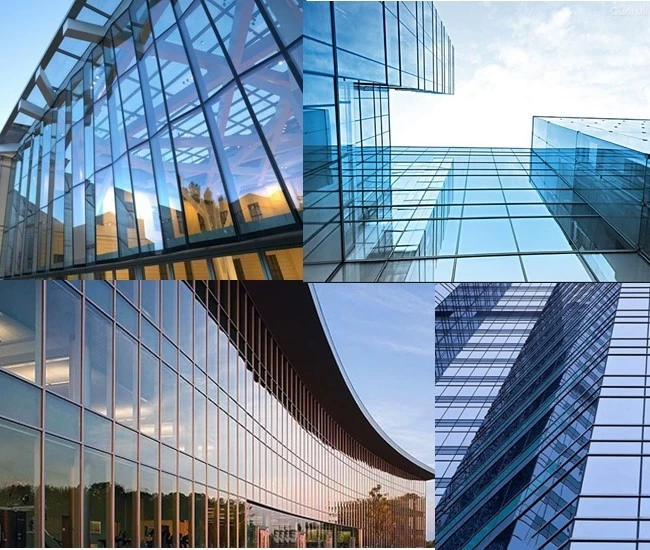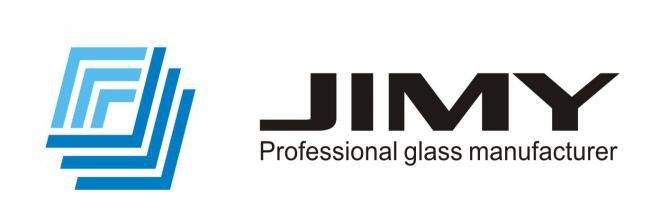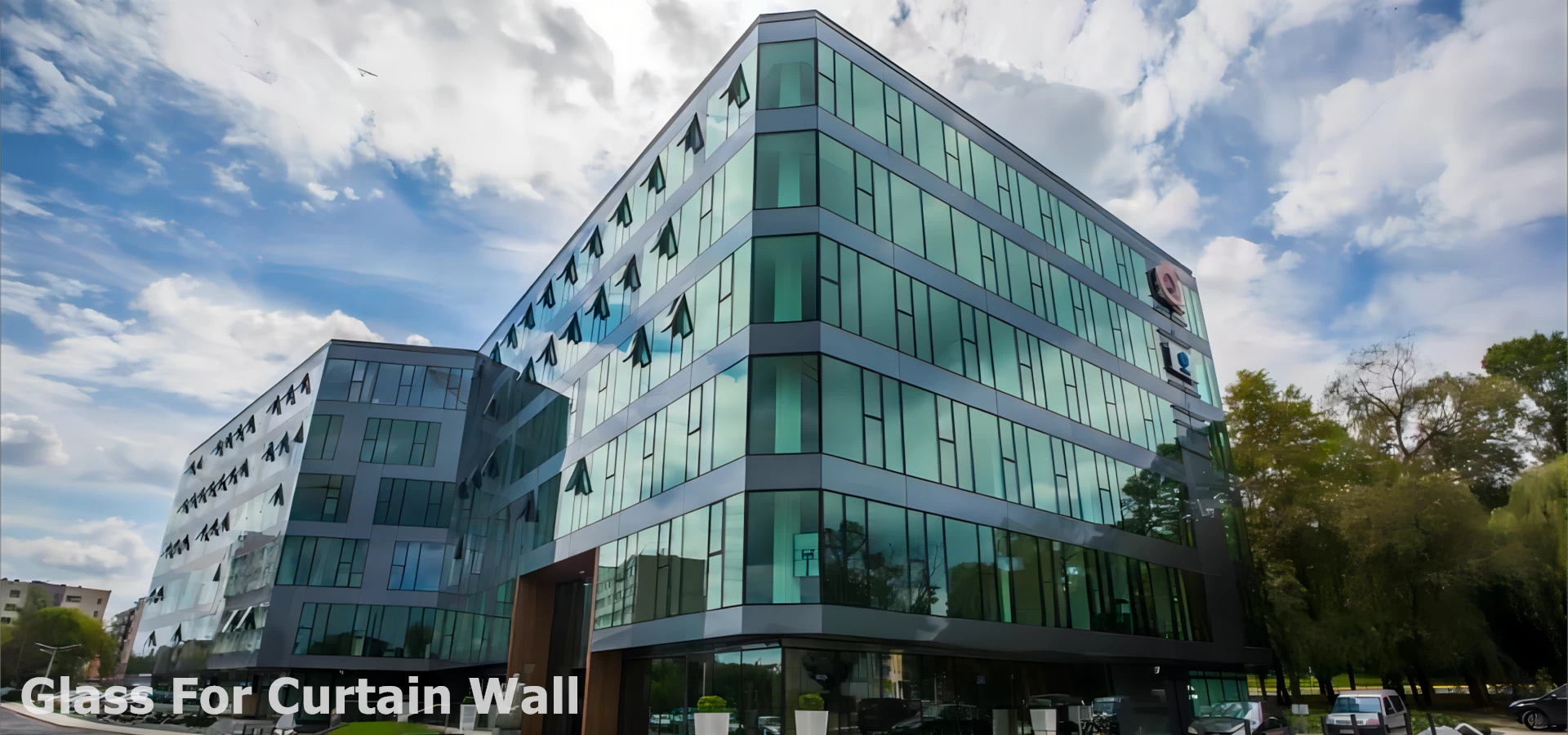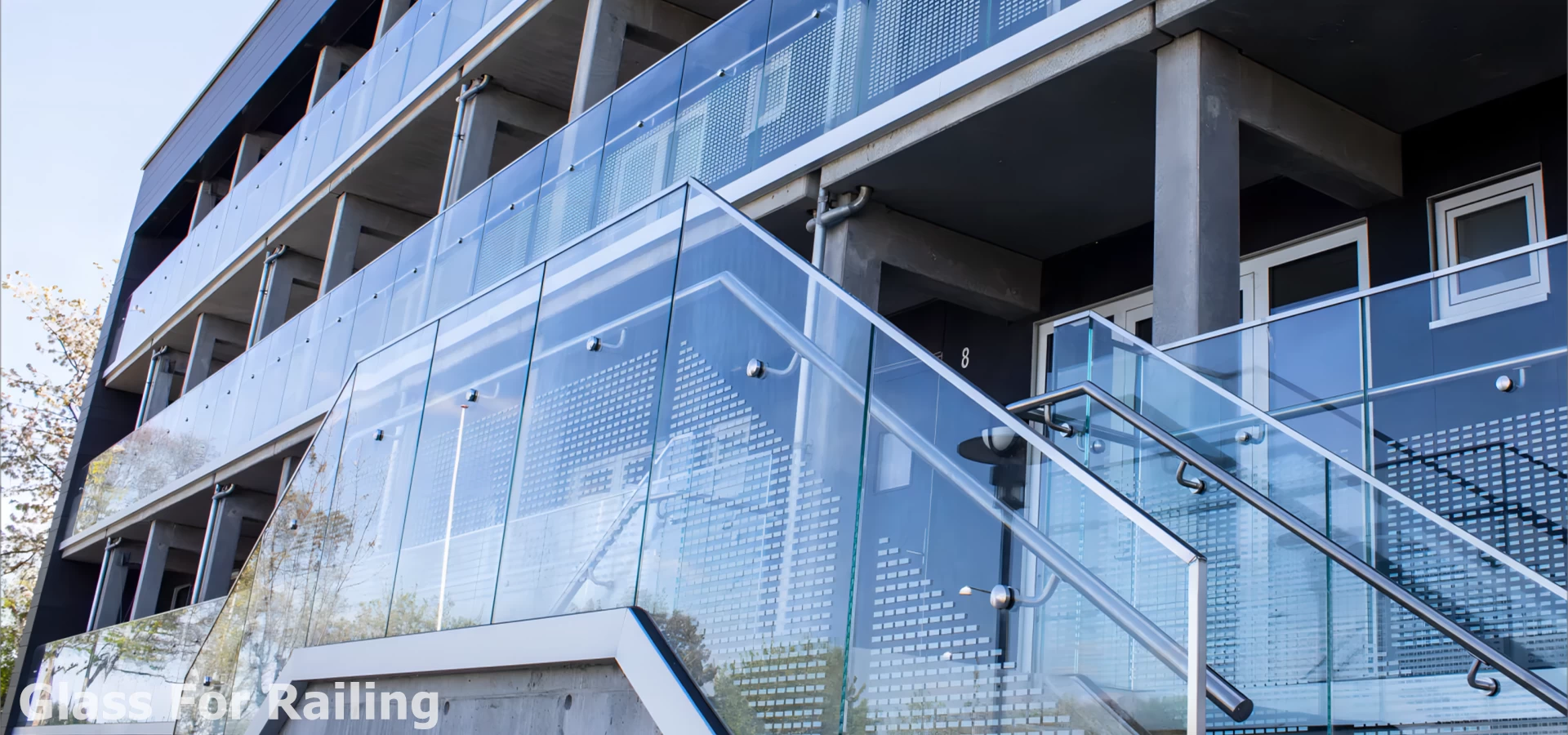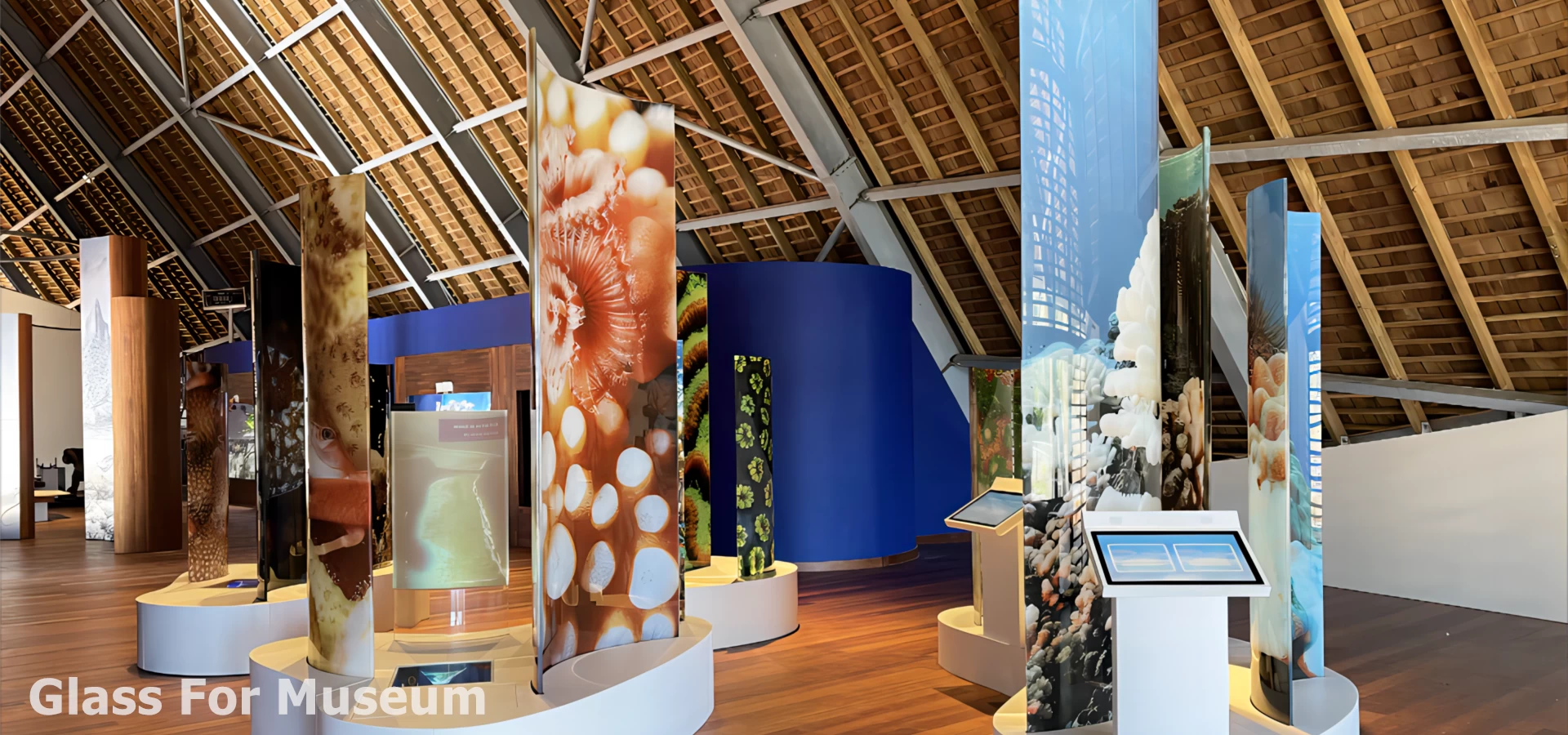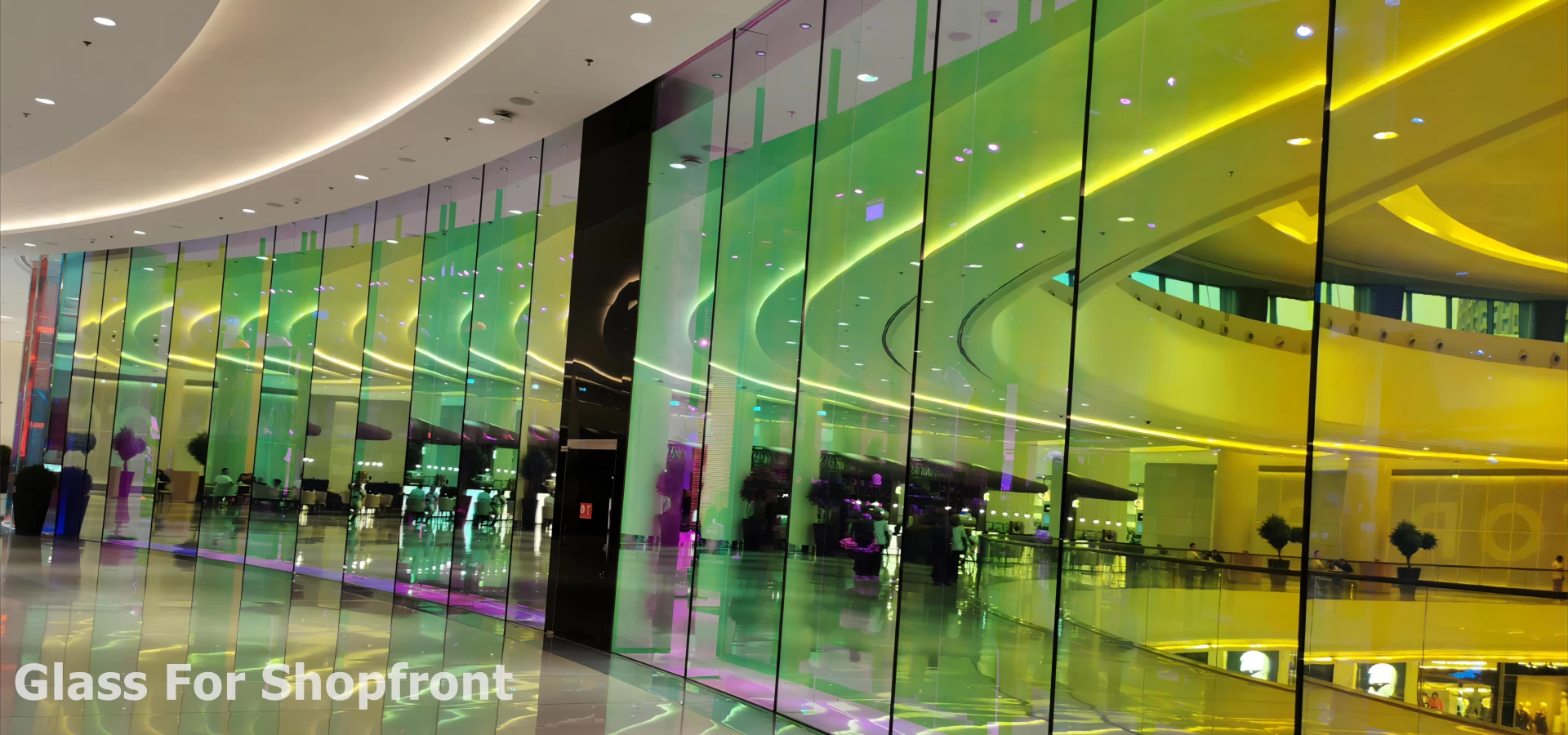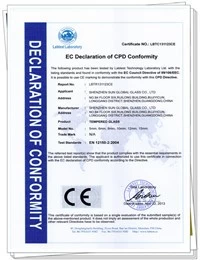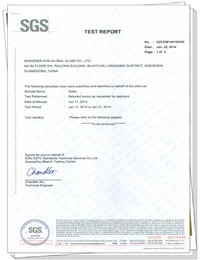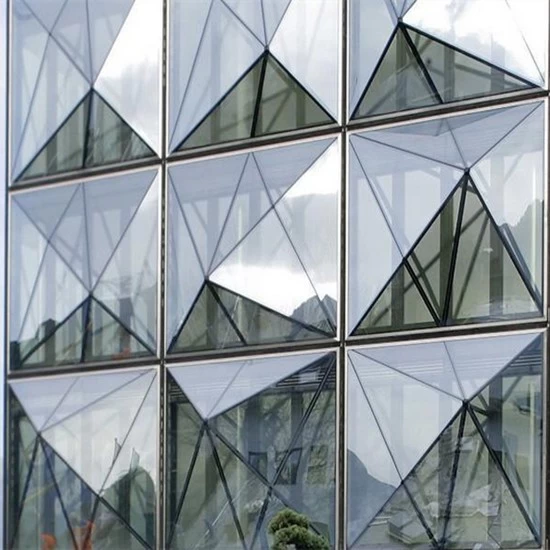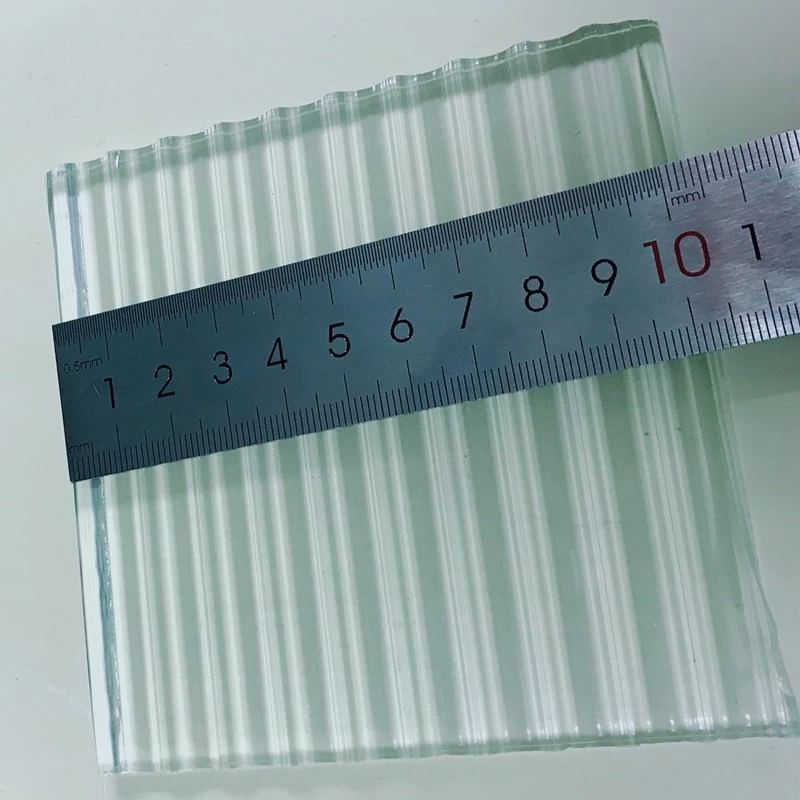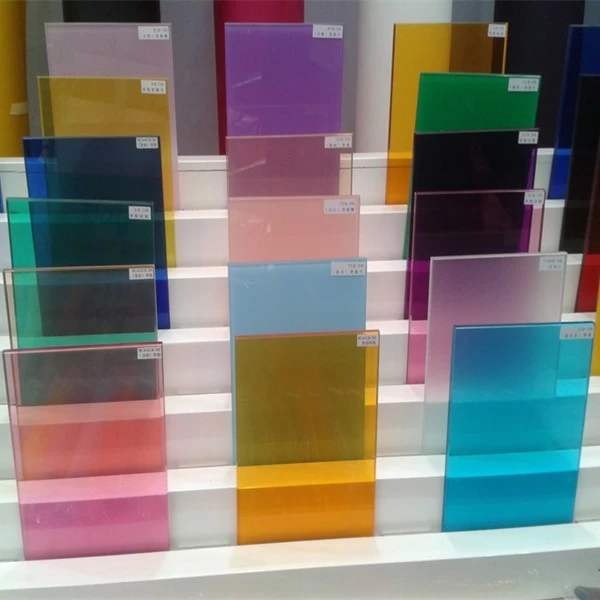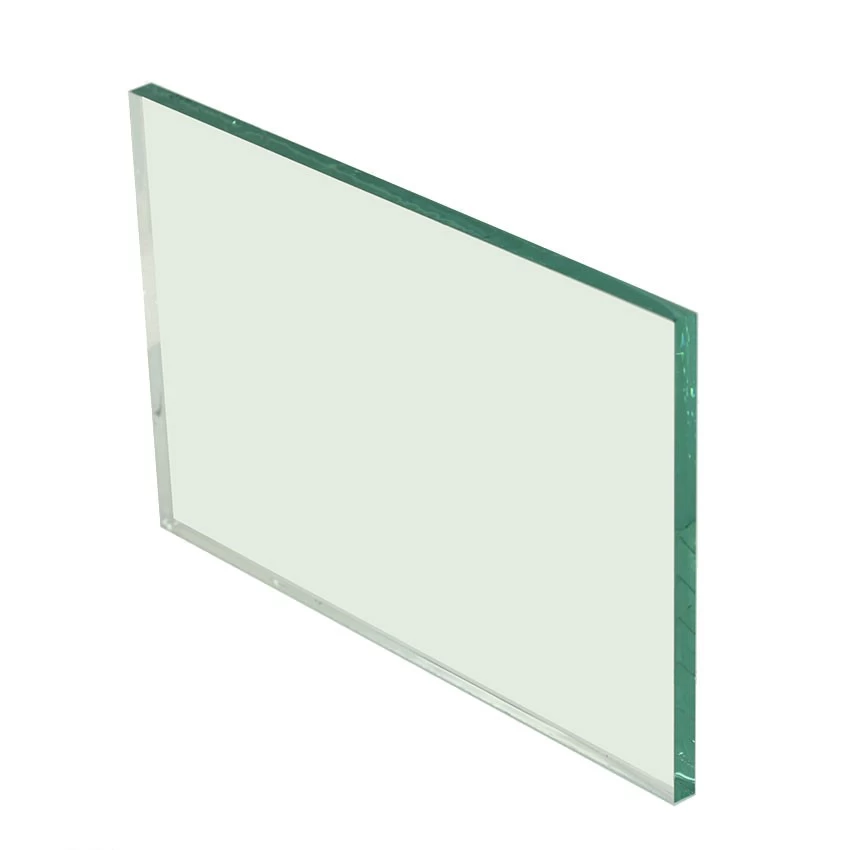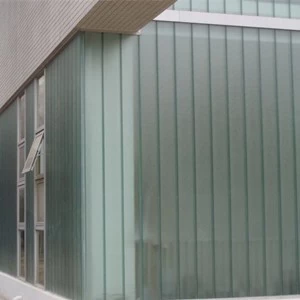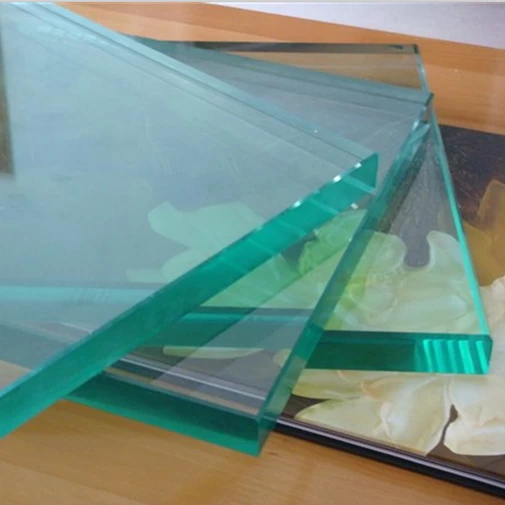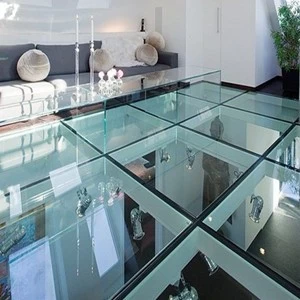How to choose the best color for Low E insulated glass facade
LOW-E insulated glass, also known as low-emissivity glass, is an energy-saving glass. Because of its superior energy-saving and colorful colors, it has become a beautiful landscape in public buildings and high-end residential buildings.Common LOW-E glass colors are blue, gray, colorless, etc. These mainstream colors are durable and look like the mainstream color of urban architecture, and some more distinctive colors, such as gold, silver, blue and so on. As we all know, we use glass as a curtain wall for several reasons: to take natural light, reduce energy consumption, and beautiful. The color of the glass is like a human dress. The right color can make people's eyes shine. The inappropriate color will make people look uncomfortable. So how do we choose the right color? We will discuss the following aspects: light transmittance, outdoor reflection color, film reflection color and transmission color, original film and structure, and the influence of interference color in the process of reading.
First, the appropriate light transmittance:
According to the "General Rules for the Design of Civil Buildings" GB50352-2005, civil buildings are divided into two categories according to their functions: public buildings and residential buildings.Mandatory regulations: "Code for Design of Energy Efficiency in Public Buildings" GB50189-2015 for Class A public buildings: when the area ratio of single facade window wall is <0.4, the transmittance of glass should not be less than 0.60; the ratio of single facade window to wall area ≥ At 0.4, the transmittance of the glass should not be less than 0.40. Recessive regulations: "Code for Design of Energy Efficiency in Public Buildings" GB50189-2015, "Design Standard for Energy Efficiency of Residential Buildings in Severe Cold and Cold Areas" JGJ26-2010, "Design Standard for Energy Efficiency of Residential Buildings in Hot Summer and Cold Winter Areas" JGJ134-2010, "Summer Hot Winter" In the JGJ 75-2012 standard for energy-saving design of residential buildings in warm areas, for building facades, glass materials with different window-to-wall ratios have specific parameters of shading coefficient Sc or solar heating coefficient SHGC, and shading coefficient and light transmission. The rate is closely related, we need to refer to the specific performance parameters when choosing the glass.Other principles: building use (such as residential needs better lighting), owner's preferences, local solar irradiance factors, other relevant national and local energy efficiency standards, and so on.
Second, the appropriate outdoor color
1) Appropriate outdoor reflectance:
Outdoor reflectivity is a color factor that is easily overlooked by everyone. In fact, not only the specific red, green, yellow, blue and other color values, the reflectivity of glass is also closely related to its color expression.
The outdoor reflectivity of hollow LOW-E glass is generally between 10% and 30%, and 10%-15% can be called low-reverse, low-reflective glass. The color is less irritating to the human eye, not a deep color, and does not give a very vivid color feature; 15%-25% reflectivity can be called middle and negative, and the color of the middle and reverse glass is very good. It is easy to highlight the color of the film layer. For example, the blue glass has a reflectivity in this section. The color will be blue and beautiful. Similarly, other colors will be the same; 25%-30% can be called For high-reverse, high-reflection glass is too strong, it is very irritating to the pupil of the human eye, and the pupil will adapt to the reduction to reduce the amount of light incident. Therefore, we see that the high-reflection glass color will have a certain distortion. The color looks like a piece of white, this color is generally called silver, such as silver, silver and so on.Glass with high reflectivity will cause certain light pollution and safety hazards under certain conditions. For example, in the "Optical Performance of Glass Curtain Wall" GB/T 18091-2000, it is proposed that the glass curtain wall set below 20m in the main roads, overpasses and elevated roads of the city, and the rest of the road sections below 10m, the reflection ratio should be controlled below 0.16. The glass curtain wall should be restricted in the residential area (for safety and lighting, try to choose glass with low reflectivity). ·
2) Appropriate color values:
The color is like the coat of a building, we need to choose the right color according to the customer's preferences and functions. Featured item color recommendation:
Traditional banking, finance, and high-end consumer venues need to create a sense of grandeur. At this time, if you choose a high-reflection gold-colored glass with a pure color, you can create a good atmosphere.
For libraries, exhibition halls and other projects, you can choose high-reflection and low-reflection colorless glass. There is no visual obstacle and no restraint, which can provide a comfortable reading environment. Museums, martyrs cemeteries and other commemorative public construction projects need to give people a sense of solemnity, we can choose medium and transparent gray glass.
In general residential projects, in order to take into account the characteristics of safety, lighting, comfort, etc., you can choose medium-high colorless, blue-gray, gray and other color-based glass.
